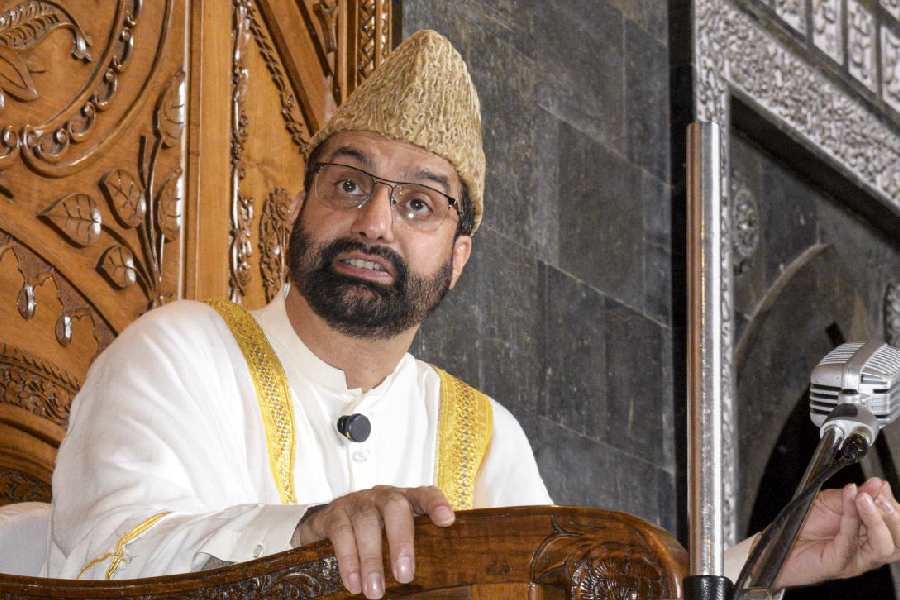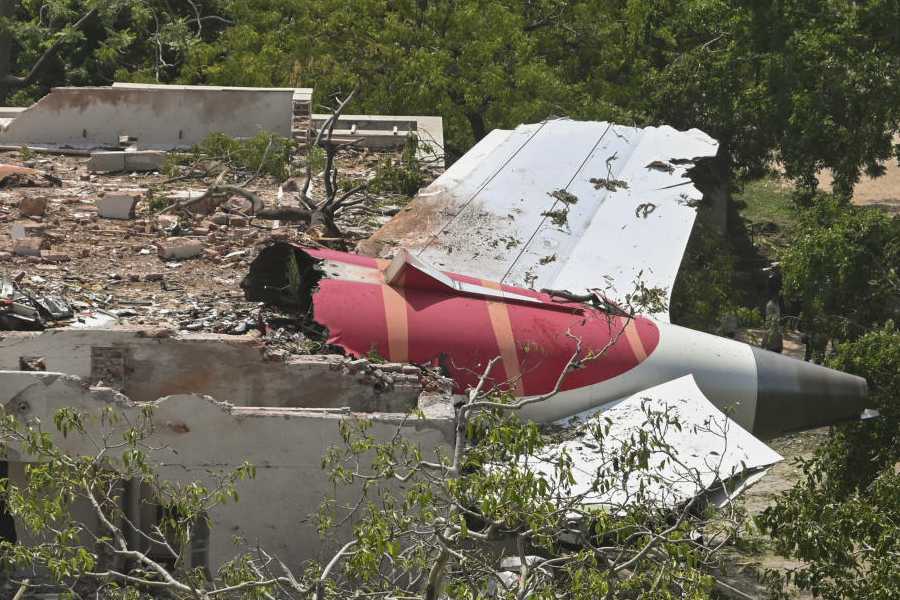
May 20: The World Meteorological Organisation has tagged a hailstorm that struck near Moradabad in western Uttar Pradesh 129 years ago and pummelled people and animals with ice stones as large as "goose eggs, oranges and cricket balls" as the deadliest documented.
That 1888 storm killed 246 people and over 1,600 cattle, sheep and goats, the WMO said, releasing the highest reported historical death tolls from tropical cyclones, tornadoes, lightning and hailstorms.
The list marks a broadening of the UN weather agency's scope, from recording temperature and weather to documenting the impacts of specific weather events. "The human aspect inherent in extreme weather events should never be lost," a WMO release said.
A panel of WMO experts prepared the list, which identifies the deadliest among five kinds of weather events, after studying historical records from around the world.
In this particular effort, the panel did not address the impacts of heat or cold waves, droughts or floods.
The panel has labelled a Bay of Bengal cyclone that killed an estimated 300,000 people in Bangladesh (then East Pakistan) on November 12-13, 1970, as the deadliest tropical cyclone on record anywhere.
"As the world population continues to grow along with change in global climate, a greater portion of humanity is threatened by (a) multitude of climate and weather phenomena," the panel wrote in a paper in Weather, Climate and Society, a journal of the American Meteorological Society.
The panel has stressed that people's vulnerability to a weather event is influenced by the scale of the event as well as their ability to adopt safeguards. Heat wave mortality reduces with increased access to air-conditioning. Lightning casualties decrease when munitions storage facilities install lightning rods or when people take precautions.
A study of lightning strikes in India and Bangladesh two years ago had found an unusually high toll among farm workers in the open, unaware of safety measures.
The WMO said the expert panel had chosen its first impact analysis with care in order to establish procedures and guidelines for potential future evaluations of other events such as heat and cold waves, droughts and floods. The first list of extreme events:
Deadliest tropical cyclone: The Great Bhola cyclone of November 12-13 in 1970 is estimated to have killed 300,000 people, mainly through tsunami-like large waves from a storm surge that overwhelmed islands and tidal flats along the shores of the Bay of Bengal.
Deadliest tornado: A violent storm that struck Manikganj district in Bangladesh on April 26, 1989, left over 80,000 people homeless and injured over 12,000. The WMO panel has estimated the human deaths at about 1,300.
Deadliest hailstorm: The WMO panel used the historical records of John Eliot, who later became the first director-general of the India Meteorological Department, to declare a hailstorm that killed 246 people near Moradabad in Uttar Pradesh on April 30, 1888, as the deadliest.
An eyewitness report from a meteorologist said the storm broke doors and windows, blew away verandas and caused roofs to fall. The hailstones were said to be as large as "goose eggs, and oranges, and cricket balls".
"Men caught in the open without shelter were simply pounded to death by the hail. Fourteen bodies were found in the racecourse. More than one marriage party were caught in by the storm near the banks of the river, and were annihilated," Eliot wrote.
Deadliest indirect lightning strike: A flash of lightning during a thunderstorm on November 2, 1994, in Dronka, Egypt, ignited three oil storage tanks, each holding 5,000 tonnes of aircraft fuel or diesel, near a railway line as floodwaters built up.
The fuel caught fire from the lightning strike and the floodwaters swept the blazing fuel into a village. The Egyptian government documented 469 deaths.
Deadliest direct lightning strike: A lightning flash killed 21 people clustered in a hut in eastern Rhodesia (now Zimbabwe) on December 23, 1975. The WMO says nearly 90 per cent of sub-Saharan buildings, especially homes, are unsafe against lightning, leaving families, classrooms and workers vulnerable.










